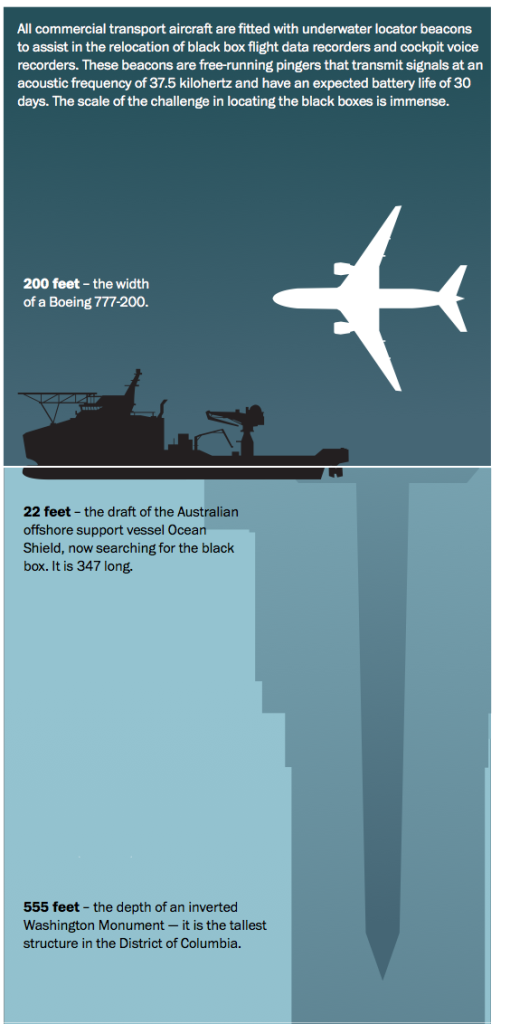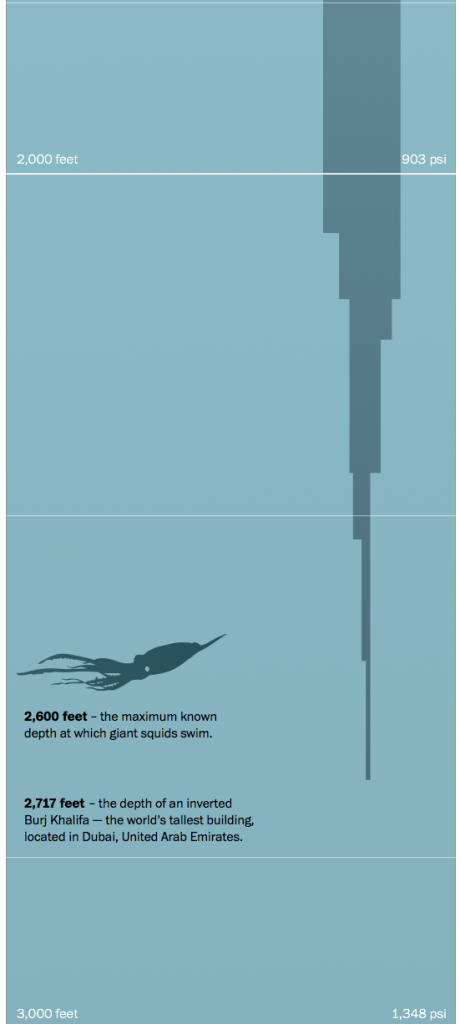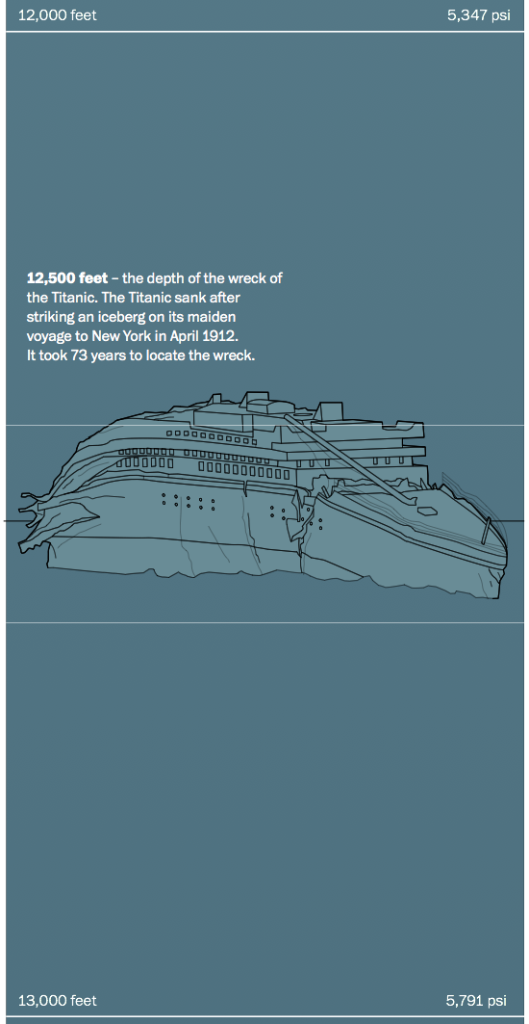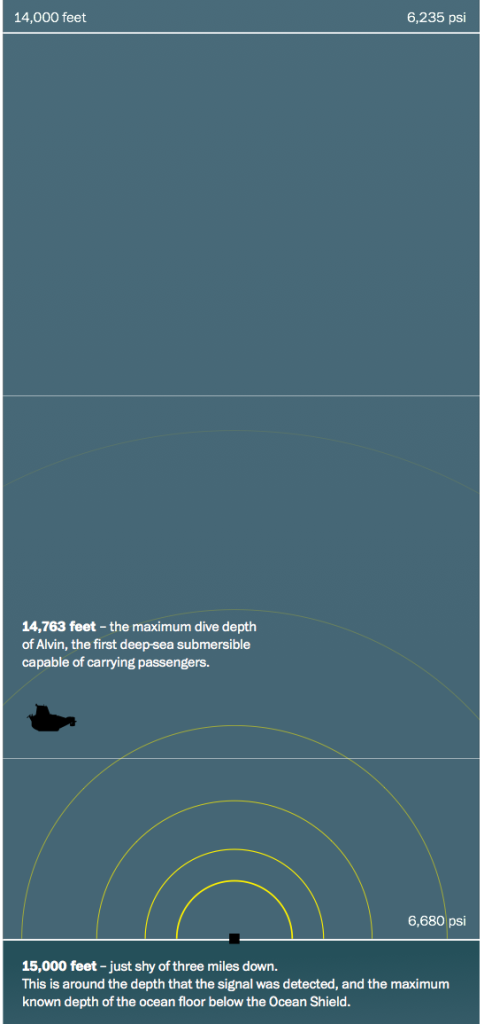My Thoughts On Malaysia Airlines Flight 370 A Month Or So Later
Unless you’ve been living under a rock for the last month, you know that a Malaysia Airlines Boeing 777-200 airplane went missing about a month ago carrying 239 people. Like many, I’ve been following the news and the many twists and turns that have yielded very little in the way of concrete information. My thoughts, first and foremost, remain with the families and loved ones of the likely victims of MH370. Nothing I say (or anyone else for that matter) will take the place of concrete answers for them on what happened.
I get the general sense that my blog readers are divided up into two general types of people. One group is the everyday person who doesn’t do a whole lot of traveling but follows along for any number of reasons. The other is the hardcore frequent traveler. I think there’s a good number of people in both groups that won’t find this post riveting. For me, I read something yesterday that struck me anew about this story, and I couldn’t stop thinking about it. I ended up awake in the middle of the night for other reasons but my mind kept coming back to it.
First, the item that struck me. I was reading a thread on Milepoint I’ve been following and came upon a link to this info graphic. The graphic itself is monstrous, but it’s easy to click through and read. Essentially, it breaks down how deep the plane likely is and compares it to other things folks will likely view as relevant comparisons. Here’s a few example slides:
One of the pictures above talks about Air France Flight 447, which crashed after departing Brazil back in 2009. The graphic references a depth of 13,100 feet from which the black boxes of 447 were recovered. Further, the graphic references the possibility that the black boxes for Malaysia 370 are 2,000 feet deeper than that, at a stunning 15,000 feet.
What Will Recovering The Flight Recorders Reveal?
The search team will be trying to recover two “black boxes”, the cockpit voice recorder (CVR) and the flight data recorder (FDR). It’s very unclear at this point what light the recorders will shed on the situation. The cockpit voice recorder generally only holds a couple hours of audio. Since it seems likely now that the plane flew for many hours after departing its flight plan, any confusion/commotion in the cockpit may have occurred at a time long before the plane crashed, potentially leaving no audio evidence of what happened in the cockpit.
The flight data recorder is capable of storing much more data in terms of how the airplane performed. That information is likely to be critical to investigators in determining if the flight crew were in control of the plane over the unaccounted hours.
This two boxes likely represent the greatest chance that people who lost family members and loved ones get answers. These folks have been wondering for a month, going through various stages of grief. I think it’s fairly clear at this point that the plane crashed in the Indian Ocean, though it hasn’t been proven beyond a reasonable doubt. People will likely have given up hope of finding their loved ones alive, but I’m sure they still want to know what happened. I can’t imagine they get those answers anytime soon.
It took two years to locate the AF447 CVR and FDR and they knew where that plane crashed. Here, a month later we’re still searching, in deeper and more treacherous waters.
Should The Circumstances Of Malaysia 370 Lead To Changes?
I recall reading Wandering Aramean’s piece back in March arguing against wholesale changes to how we track airplanes. I think he brings up a solid point that the transponder in planes could be changed to prevent it from being disabled. In the instance of MH370, it appears the transponder was intentionally disabled, leading to much confusion about what happened afterwards.
I also think that this incident can help us in the future by pointing out deficiencies in the existing “black box” protocols. The CVR requirement now appears to include solid state memory (think flash drive) and a minimum of 2 hours of recording time. Using solid state memory, it’s relatively affordable to increase the audio recording time from 2 hours to something a bit longer. I’m sure a scenario like MH370 was contemplated, where a plane might fly for long periods of time without contact, the last time regulations were updated.
Additionally, I think MH370 can teach us that we should consider a longer minimum battery requirement for the lifespan of the black box to operate a pinger/beacon to make it easier to locate them. AF447 was a good indication that it could take a very long time (2 years in that case) to track down black boxes in some situations. With planes like the Boeing 787 supporting more “long, thin” routes I think we’ll continue to have more potential opportunities for a plane to disappear while over a vast expanse of ocean. The counter argument is that planes are safer today and less likely to crash. But, improvement in battery life comes at a pretty cheap cost nowadays.
I can’t imagine considering changes such as these on a going forward basis would be onerous. Retrofitting thousands of airplanes to get more recording time and battery life is much more costly, and debatable whether the benefits for such edge cases would outweigh the costs. Changes like this take time to legislate and implement. There are much more grandiose (and expensive) changes being proposed right now, but I believe a few small tweaks are prudent at this time.
Is Flying A Foreign Carrier Safe?
I’m not a guy that uses “always” and “never” very often, except to say that I’ll always love the Yankees and never cheer for the Red Sox. But, I don’t think the tragedy of MH370 tells you not to fly a foreign carrier. Like anything, you should do your research. If it’s a reputable carrier, such as the vast majority associated with the major airline alliances, then you should feel just as comfortable flying them today as you would have before this tragedy.
I think it says a lot about a civilized society that many nations continue to spend significant sums of money to track down MH370 in what could be the most expensive recovery in airline history when all is said and done.
I can only imagine how the families of the passengers and crew must feel with the amount of media attention still being cast on the recovery mission, with very little that could be concerned progress. Each day likely brings more frustration and sorrow about, seeking details that haven’t come. And yet, something like 100,000 flights will take off today, and odds are they’ll all land safely. As they likely will tomorrow.
To say we’ve made something that used to be inconceivable now ordinary, in challenging gravity with tons of steel, is incredible. To ponder the sadness when the ordinary is shattered, if only briefly, is truly sobering.






